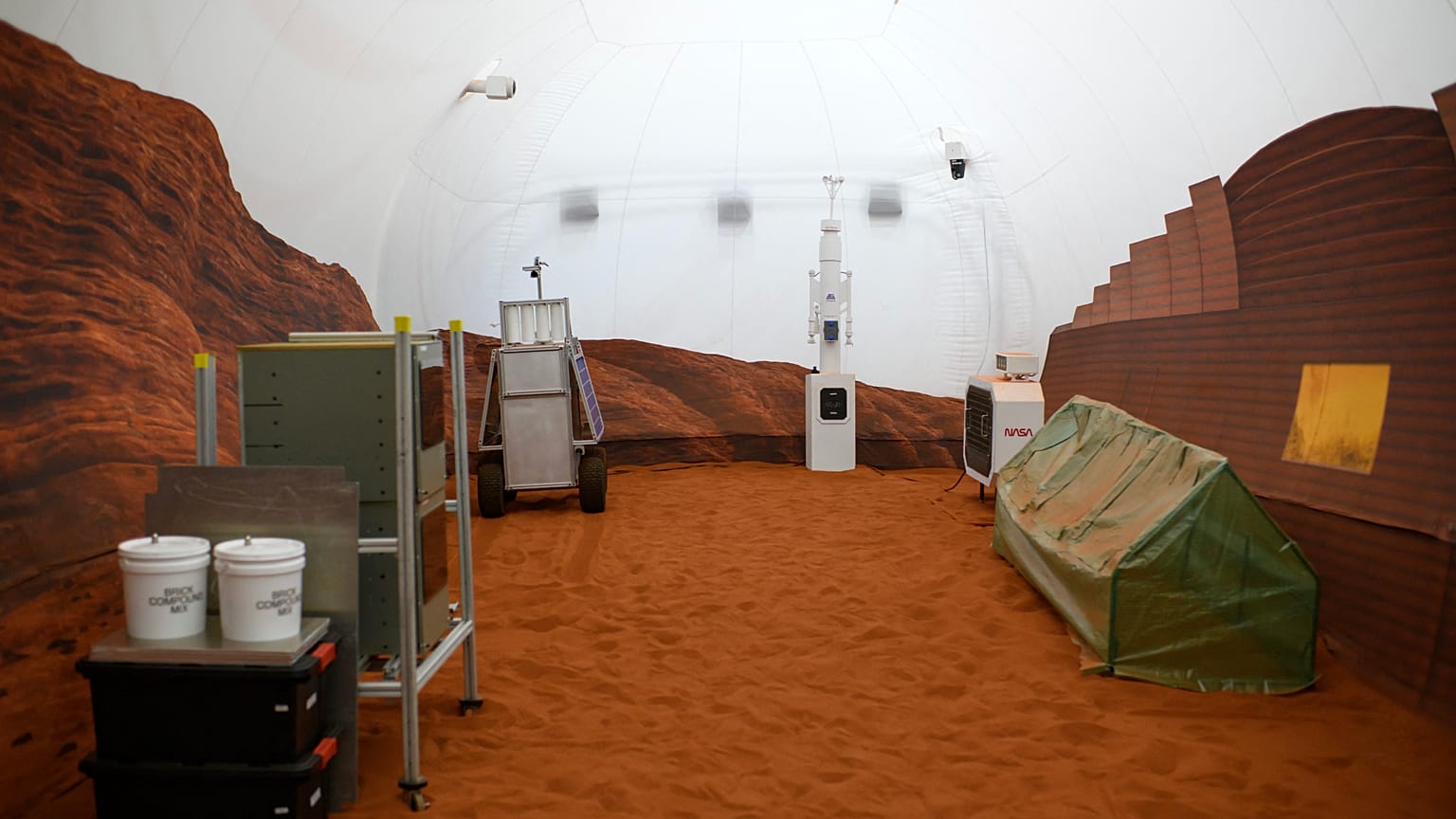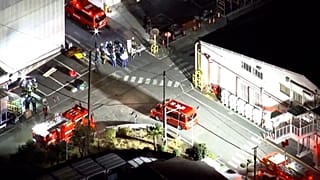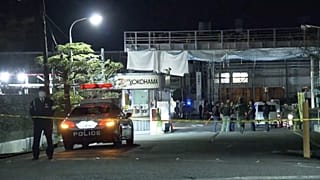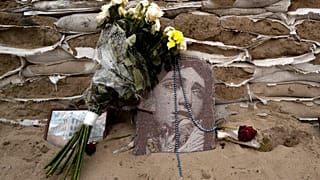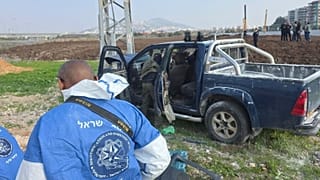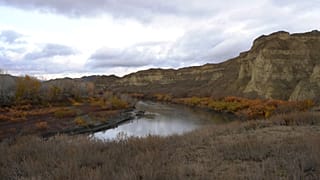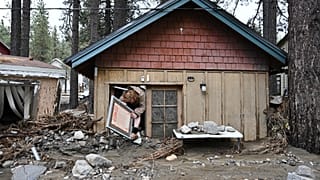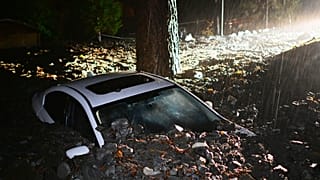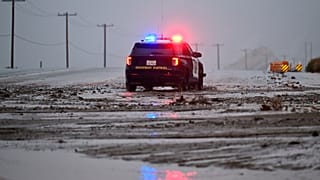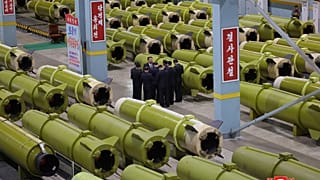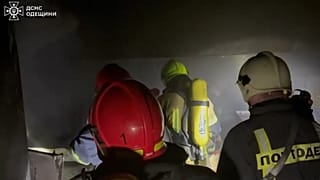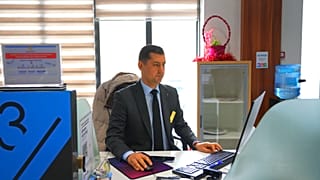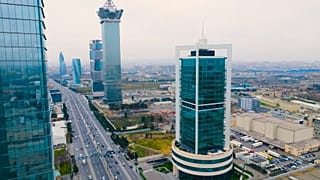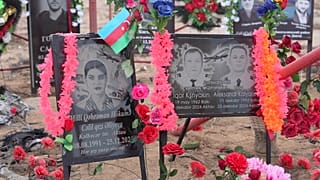Four small rooms, a gym and a lot of red sand -- NASA unveils a new Mars-simulation habitat, in which volunteers will live for a year at a time to test what life will be like for future missions to Earth's neighbour. The facility, created for three planned Crew Health and Performance Exploration Analog (CHAPEA) experiments, is located at the US space agency's massive research centre in Houston, Texas.
Four volunteers will begin the first trial this summer, during which NASA plans to monitor their physical and mental health to better understand humans' fortitude for such a long isolation.
With that data, NASA will better understand astronauts' "resource use" on Mars, said Grace Douglas, lead researcher on the CHAPEA experiments.
"We can really start to understand how we're supporting them with what we're providing them, and that's going to be really important information to making those critical resource decisions," she said on a press tour of the habitat.
Such a distant mission comes with "very strict mass limitations," she added.
The volunteers will live inside a 160m2 home, dubbed "Mars Dune Alpha," which includes two bathrooms, a vertical farm to grow salad, a room dedicated to medical care, an area for relaxing and several workstations.
An airlock leads to an "outdoor" reconstruction of the Martian environment -- though still located inside the hangar.
Several pieces of equipment astronauts would likely use are scattered around the red sand-covered floor, including a weather station, a brick-making machine and a small greenhouse.
There is also a treadmill on which the make-believe astronauts will walk suspended from straps to simulate the red planet's lesser gravity.
"We really can't have them just walking around in circles for six hours," joked Suzanne Bell, head of NASA's Behavioral Health and Performance Laboratory.
Four volunteers will use the treadmill to simulate long trips outside to collect samples, gather data or building














